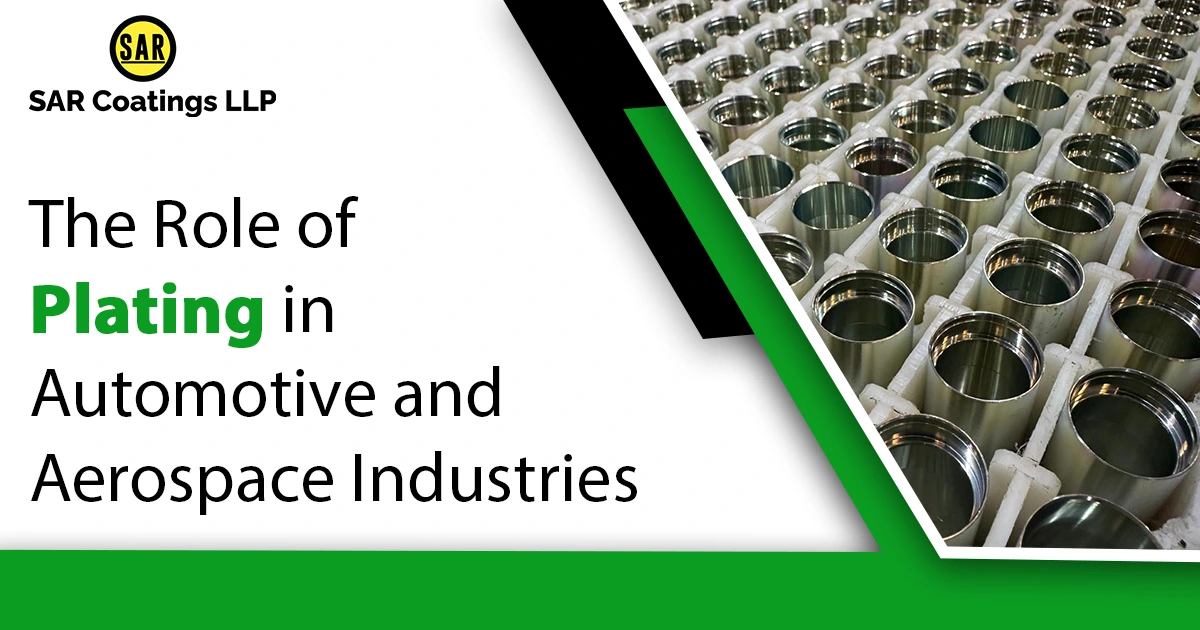
Liquid Painting vs. Spray Painting: Understanding the Differences
In the coating industry, painting is focused on protection, performance, and precision rather than just appearance. The two primary painting techniques are liquid painting and spray painting, which, while often used interchangeably, have important differences that impact finish quality, lifespan, and cost.
This blog will analyze both methods, their applications, and help readers determine the most suitable option for their needs.
What Is Liquid Painting?
Liquid painting involves applying liquid paint to various surfaces using tools like brushes, rollers, or spray guns. It can be water-based or solvent-based and is commonly utilized in industries ranging from automotive to industrial machinery.
✔️ Key Features of Liquid Painting:
- Smooth finish on complex geometries.
- Suitable for both metal and non-metal surfaces.
- Offers a wide variety of colors and gloss levels.
- It can be applied in multiple layers for enhanced protection.
- Requires a curing/drying process that can vary depending on paint type.
What Is Spray Painting?
Spray painting involves applying liquid paint using compressed air or high-pressure nozzles that break the paint into fine particles, which are then sprayed onto a surface. Despite being a type of liquid painting, it is often viewed as a separate technique due to its unique application method and equipment.
✔️ Key Features of Spray Painting:
- Delivers a finer, more even coat than brushing or rolling.
- Excellent for covering large or complex surfaces quickly.
- Reduces brush marks and imperfections.
- Often used for automotive, furniture, and industrial equipment painting.
Comparing Liquid Painting vs. Spray Painting
| Feature | Liquid Painting (General) | Spray Painting |
| Application Method | Brush, roller, or spray | Spray gun with compressed air |
| Surface Finish | It can vary based on the method | Smooth, even coating |
| Speed | Slower when brushing/rolling | Faster, ideal for large surfaces |
| Precision | High for detail work | High for even coatings |
| Material Waste | Minimal with brushing | More overspray and paint loss |
| Environment | More control in indoor settings | Requires ventilation or spray booths |
| Skill Level | Easy for simple applications | Requires training and equipment |
Which One Should You Choose?
The best choice depends on your specific needs:
- Choose Liquid Painting (Brush/Roller) if:
- You have a small or touch-up project.
- You need precision for fine details.
- The application area is limited or enclosed.
- You have a small or touch-up project.
- Choose Spray Painting if:
- You’re coating large or uneven surfaces.
- You want a flawless, professional finish.
- Speed and efficiency are priorities.
- You’re coating large or uneven surfaces.
In industrial applications, spray techniques are often preferred due to their efficiency and finish quality. However, traditional liquid painting still plays an important role in maintenance, field applications, and detailed work.
Liquid Painting Services at SAR Coatings
At SAR Coatings, we offer liquid painting solutions adapted to commercial and industrial requirements. Our state-of-the-art plants and experienced engineers provide high-quality, long-lasting coatings meeting performance requirements across industries.
Whether your application requires high-gloss finishes, corrosion protection, or color matching to specific customer needs, we have cost-effective coating solutions to support you. We assist you in selecting the correct process—be it liquid paint by brush or roller, or more sophisticated spray processes—for your specific application.
Conclusion
Knowing the difference between spray painting and liquid painting assists in making the right decisions for your next coating job. Both methods have their advantages, and the appropriate choice relies on considerations such as surface size, finish needs, and application conditions.
Need expert guidance? Get in touch with SAR Coatings for personalized advice and professional painting services that match your exact specifications.


